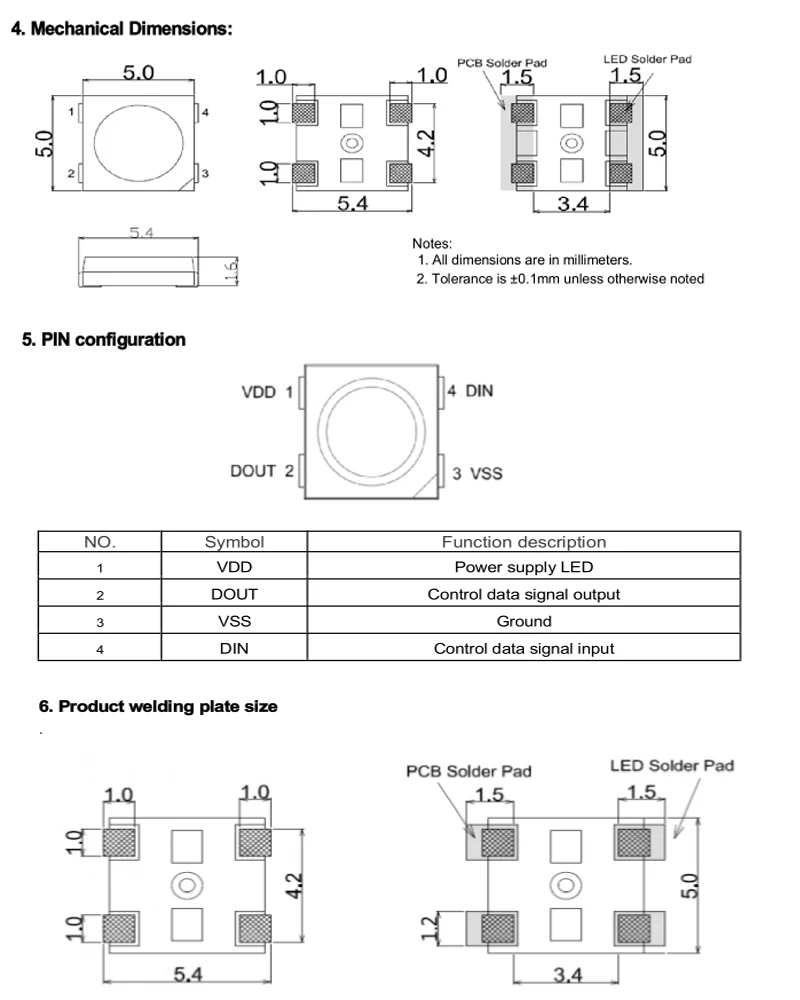
When it comes to exploring the technical details of modern lighting solutions, a comprehensive understanding of the product documentation is of paramount importance. Manufacturers extensively publish detailed records that highlight the essential features and characteristics of their illuminating devices. These informational resources serve as a valuable guide for designers, engineers, and enthusiasts who seek to harness the full potential of the lighting technology.
Delving into the ins and outs of illuminating device datasheets enables one to gain a deeper comprehension of their underlying principles, performance capabilities, and practical applications. These specifications not only provide an insight into the functional aspects but also shed light on the quality, reliability, and efficiency of the product. Understanding the technical intricacies outlined in the datasheets is crucial for making informed decisions and ensuring optimal performance when integrating these illuminating devices into various setups and environments.
An illuminating device datasheet serves as a treasure trove of information, offering an in-depth analysis of the physical and electrical properties, as well as the environmental considerations of the product. Design engineers can leverage these meticulously compiled specifications to evaluate the compatibility of the illuminating devices with their intended applications, taking into account factors such as voltage requirements, thermal properties, luminous output, and color rendition.
Understanding LED Datasheet Specifications
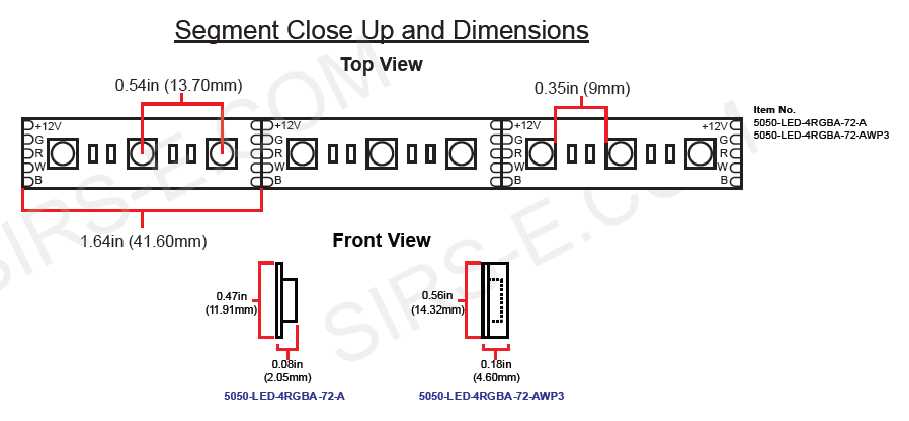
When it comes to selecting the right LED for your project, it’s crucial to have a thorough understanding of the various specifications provided in the LED datasheet. These specifications provide valuable information about the LED’s performance and characteristics, enabling you to make informed decisions.
One important aspect to consider is the forward voltage, which refers to the voltage required to make the LED emit light. This specification is vital as it determines the compatibility with the power supply and circuitry. Additionally, the forward current specifies the amount of current needed to achieve the desired brightness level, ensuring optimal performance.
Another crucial specification is the luminous intensity, which indicates the brightness of the LED. It is measured in candelas (cd) or millicandelas (mcd). Understanding this specification allows you to evaluate the LED’s suitability for applications where brightness is a significant factor, such as signage or display lighting.
Color temperature is yet another essential specification to consider, particularly when selecting LEDs for lighting purposes. It refers to the appearance of the light emitted, ranging from warm white (yellowish) to cool white (bluish). The color temperature is measured in Kelvin (K) and plays a significant role in creating the desired ambience or mood.
Furthermore, it is crucial to pay attention to the viewing angle specification, which determines the spread of light emitted by the LED. This specification is crucial when considering the LED’s application, as it determines the coverage area and the directionality required for effective lighting or display purposes.
- Forward voltage – Determines the voltage required for LED to emit light.
- Forward current – Specifies the current needed for optimal brightness.
- Luminous intensity – Indicates the brightness in candelas or millicandelas.
- Color temperature – Defines the light appearance, measured in Kelvin.
- Viewing angle – Determines the spread and directionality of the emitted light.
By gaining a comprehensive understanding of these LED datasheet specifications, you can confidently select the right LED for your specific application, ensuring optimal performance and achieving your desired lighting or display goals.
Key Parameters to Consider
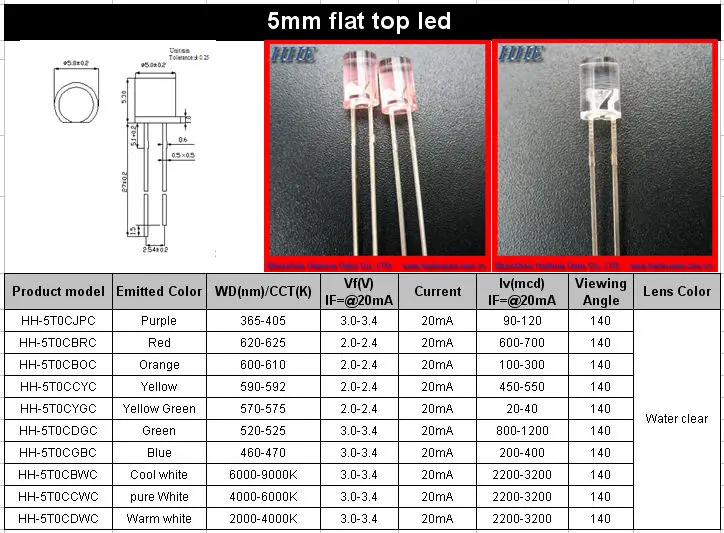
When analyzing the essential features of a light-emitting diode (LED), several crucial factors must be taken into account in order to make an informed decision. Understanding these key parameters is vital for selecting the right LED for a given application, ensuring optimal performance and efficiency.
In this section, we will delve into the significant considerations that should guide your choice, focusing on the various aspects that influence an LED’s performance. By evaluating these parameters, you can gauge an LED’s suitability for your specific requirements, while also taking into account its reliability, longevity, and energy efficiency.
- Luminous Intensity: This parameter refers to the amount of light emitted by the LED in a specific direction. It is an essential factor to determine the LED’s brightness and visibility.
- Forward Voltage: This parameter denotes the voltage required to operate the LED and affects its power consumption. It is crucial to match the forward voltage to the power supply for optimum performance.
- Forward Current: The forward current represents the amount of electrical current that flows through the LED. It impacts both the brightness and the lifespan of the LED.
- Color Temperature: This parameter indicates the color appearance of the light emitted by the LED, measured in Kelvin. It is crucial for applications where specific color temperatures are desired.
- Viewing Angle: The viewing angle determines the spread of light emitted by the LED. It is particularly important when considering the LED’s coverage for various applications.
- Package Type: The package type refers to the physical design and construction of the LED. It encompasses factors such as size, shape, and mounting options, which can influence ease of installation and compatibility.
By carefully evaluating and comparing these key parameters and their impact on performance, you can confidently select the ideal LED to meet your specific lighting needs. Consider your application’s requirements, environment, and desired outcomes to make an informed decision that will ensure optimal results and a long-lasting, energy-efficient solution.
Interpreting the Technical Data
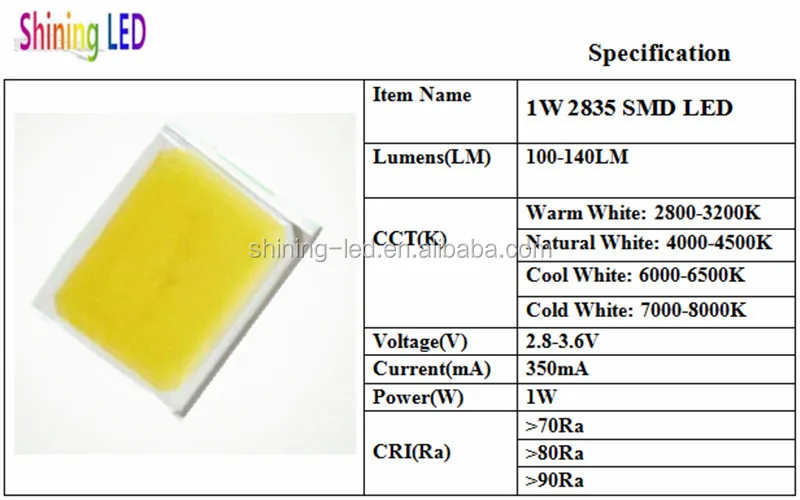
When delving into the intricacies of electronic components, it is crucial to be able to decipher and understand the technical data provided. By gaining insight into these specifications, one can make informed decisions and effectively evaluate the performance and capabilities of the component in question.
Examining the technical data allows for a comprehensive comprehension of the various aspects that define an electronic component’s functionality. These specifications divulge crucial information pertaining to the operating parameters, electrical characteristics, and limitations of the component. By carefully interpreting the technical data, engineers and technicians can assess the suitability of the component for their specific applications.
It is imperative to examine the technical data with keen attention to detail, as each specification carries significance in its own right. For instance, parameters such as voltage rating, current rating, and power dissipation provide insights into the conditions under which the component will operate optimally. Likewise, knowledge of temperature ratings, tolerance levels, and life expectancy provides a glimpse into the component’s durability and reliability.
Furthermore, it is essential to consider not only individual specifications but also their interrelationships. For instance, understanding the relationship between forward voltage and forward current of an LED can help determine the appropriate resistor value to achieve the desired brightness. Similarly, knowledge of the correlation between gain bandwidth product and slew rate of an operational amplifier can assist in choosing the right configuration for a specific application.
Interpreting technical data requires a meticulous approach, where attention is paid to both the explicit and implied information. Clarity in understanding the terminology used and familiarity with industry standards and conventions are indispensable in accurately comprehending the technical data. Additionally, it is crucial to interpret the data in the context of the intended application, considering factors such as environmental conditions, system requirements, and desired performance goals.
In conclusion, the ability to interpret technical data is of utmost importance when working with electronic components. By deciphering the intricacies of specifications and understanding their implications, engineers and technicians can make informed decisions regarding the selection and implementation of electronic components, ultimately leading to efficient and reliable system designs.
Practical Applications and Best Practices
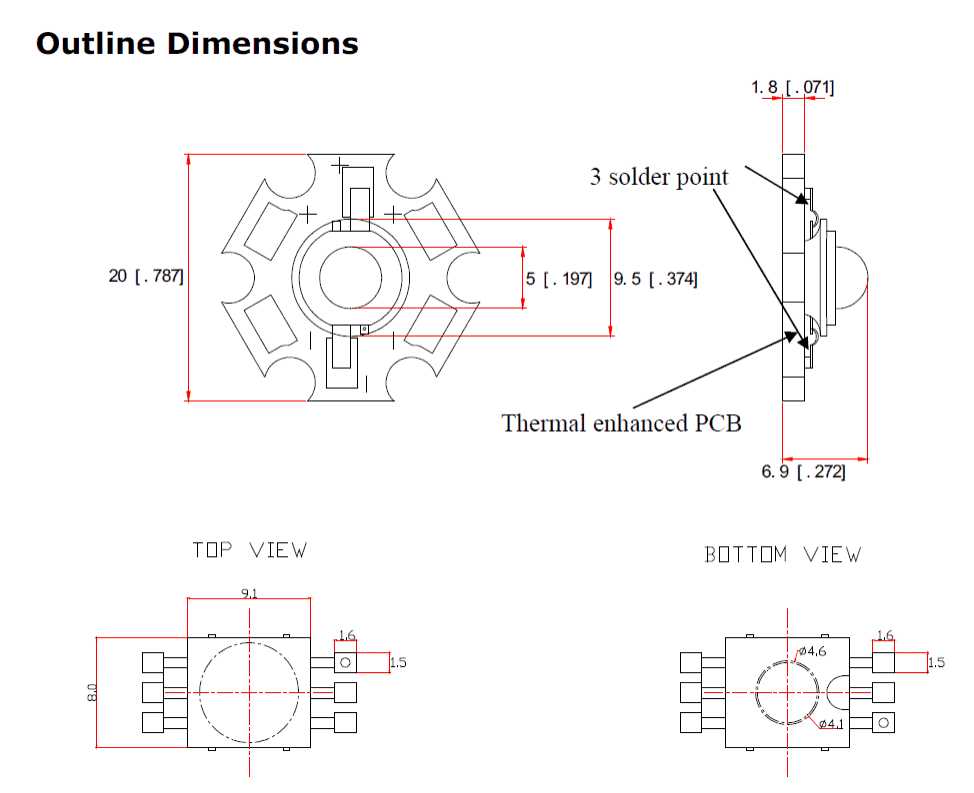
In this section, we will explore the real-world applications and industry best practices related to the utilization of light-emitting diodes (LEDs) in various contexts. Understanding the diverse ways in which LEDs can be effectively employed and implementing the recommended techniques will result in optimized efficiency, enhanced reliability, and improved performance of lighting systems.
When implementing LEDs in different scenarios, it is crucial to consider the specific requirements and constraints of each application. Whether it is architectural lighting, automotive lighting, or backlighting for displays, the suitability of LED choice plays a significant role in achieving the desired outcome. By carefully evaluating factors such as color rendering, luminous efficacy, and thermal management, designers can ensure the LED selection aligns with the intended purpose and offers optimal results.
Furthermore, it is essential to follow industry best practices during the installation and integration of LED systems. Proper installation techniques, including correct wiring, mounting, and securing mechanisms, minimize the risk of premature failure or malfunction. Additionally, attention should be paid to thermal management strategies to prevent excessive heat build-up, which can negatively impact the longevity and performance of LEDs.
Maximizing energy efficiency is another crucial aspect of employing LEDs. Implementing dimming controls, occupancy sensors, and daylight harvesting techniques can significantly reduce energy consumption while maintaining desired lighting levels. Integrating smart lighting systems that use advanced algorithms to optimize light output based on real-time needs can further enhance energy efficiency while providing enhanced user experience.
Regular maintenance and monitoring are integral to ensure sustained performance and longevity of LED systems. Periodic inspection of LEDs, cleaning of optical surfaces, and replacing faulty components are essential practices for preventing potential issues and increasing the lifespan of the lighting installation.
In conclusion, this section highlights the importance of understanding practical applications and implementing best practices while utilizing LEDs. By considering specific requirements, following recommended guidelines, focusing on energy efficiency, and conducting regular maintenance, stakeholders can maximize the potential benefits and capitalize on the advantages offered by LED technology.